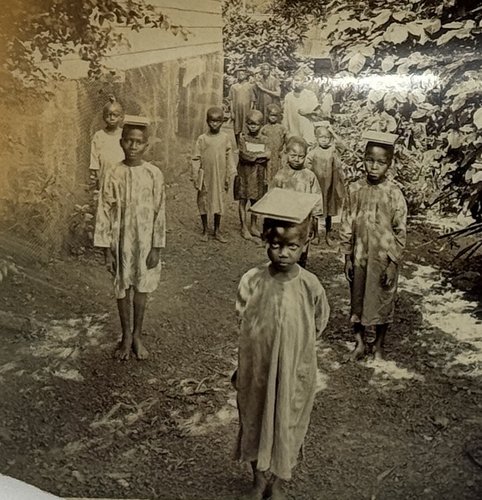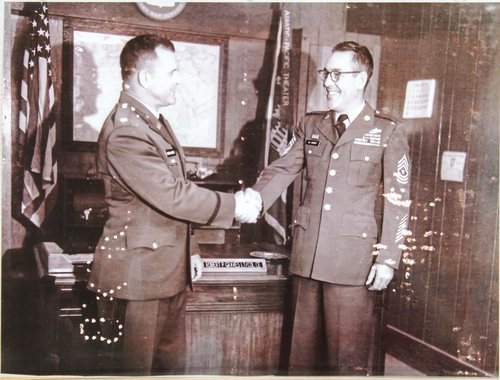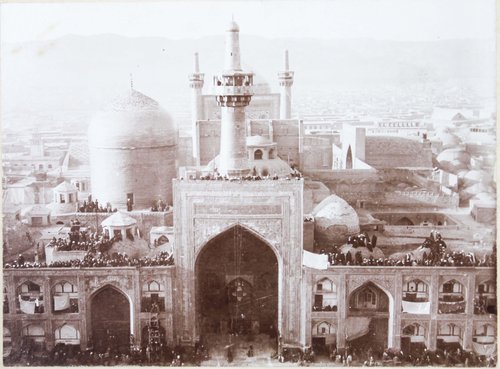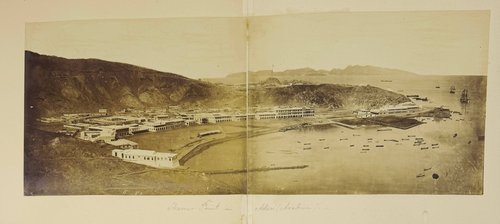


















#PB1
1957
Oblong Quarto album ca. 20,5x31,5 cm (8 x 12 ¼ in). 18 card stock leaves with tissue guards. With 36 mounted gelatin silver photos, including a two-part panorama ca. 9x17 cm (3 ½ x 6 ½ in) and two larger photos ca. 10,5x10 cm (4 ¼ x 4 in); the rest of the photos are ca. 9x9 cm (3 ½ x 3 ½ in). All photos with period white ink manuscript captions on the mounts. First leaf with a period manuscript title and dedication inscription “For the newest branch of the Heider family. Christmas, 1957. Karl, Wien.” Period grey- blue full cloth album, fastened with a string. Binding rubbed on extremities and weakened on hinges, corners slightly bumped, spine with a couple of minor tears on top and bottom, but overall a very good album with interesting strong photographs.
Attractive collection of thirty-six original gelatin photos of Persepolis, the ceremonial capital of the Achaemenid Empire, taken in 1957 by a young American anthropologist Karl G. Heider. In 1956, he graduated from Harvard University with a bachelor’s degree in anthropology and spent the next year travelling around Asia as a Sheldon Travelling Fellow. In 1957-1958, he studied anthropology at the University of Vienna (when he compiled this album) and returned to Harvard, earning his master’s and Ph.D. degrees in 1959 and 1966. In 1961, he took part in the Harvard-Peabody expedition to the Dani people of West New Guinea and conducted an independent observation of the Dani people for an additional twenty-one months after the expedition’s departure. Later he became known as a specialist in visual and psychological anthropology, made several more field trips to West Papua, released anthropological documentaries and worked as a Professor of anthropology at the University of South Carolina (see more about Heider).
The album, documenting Heider’s visit to Persepolis in April 1957, includes well-executed and extensively annotated photos of its main sites, including the Entrance Hall, the Apadana Palace (general views and close-up photos of the surviving capitals to the Apadana columns and reliefs on the Apadana staircases, depicting people of various parts of the Persian Empire), the Throne Hall (or the Hall of Hundred Columns), the Tachara (or Winter Palace), and the stone-cut tombs of Darius I and Xerxes I at the Naghsh-e-Rostam necropolis. The panoramic aerial view of Persepolis (assembled of two photos) is supplemented with a hand-drawn plan of the site, with manuscript captions describing its parts and objects. There is also a lively portrait of children from a family of Iranian nomads, taken near the ruins of Persepolis. The detailed captions include Heider’s notes on the history of Persepolis and the excerpts from Percy Shelley’s “Ozymandias” and Omar Khayyam’s “Rubaiyat”. Overall a rare collection of original photos of Persepolis in the mid-20th century.


























